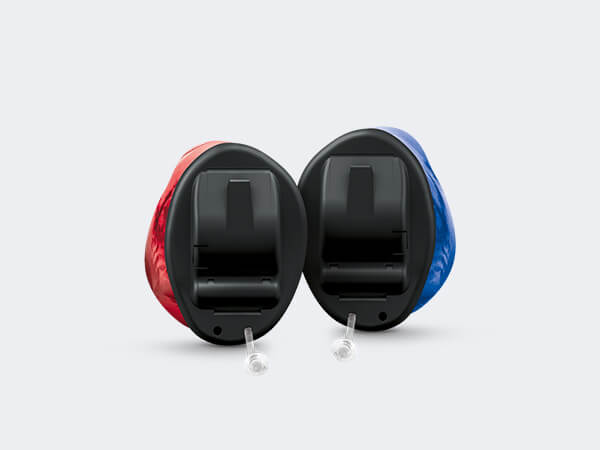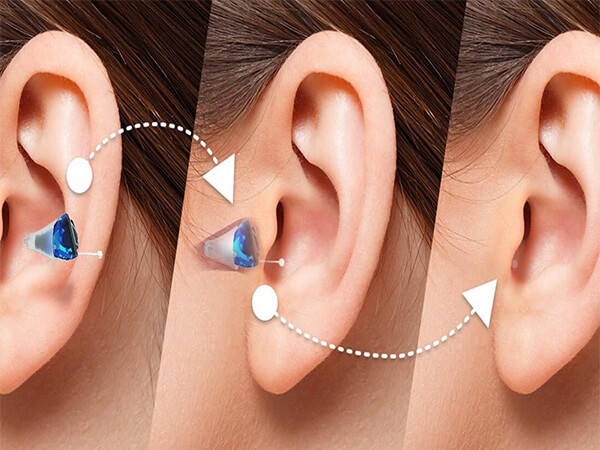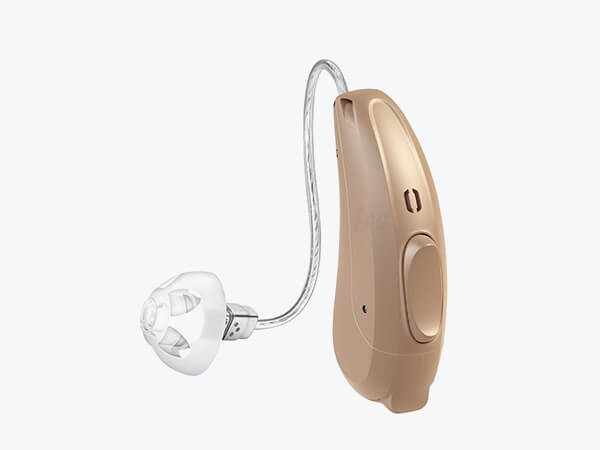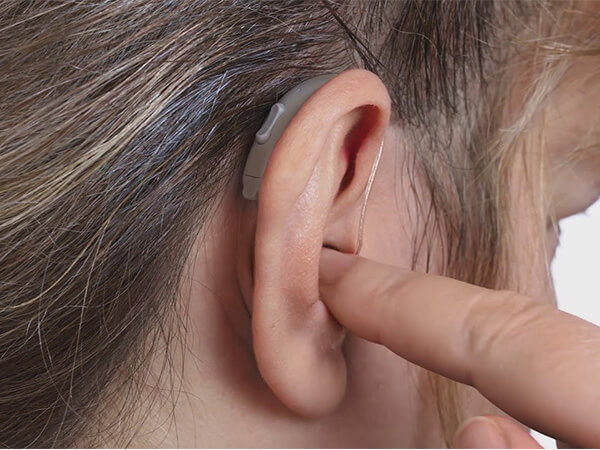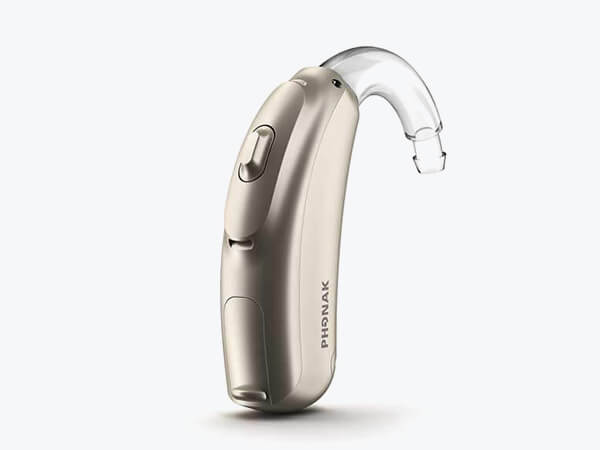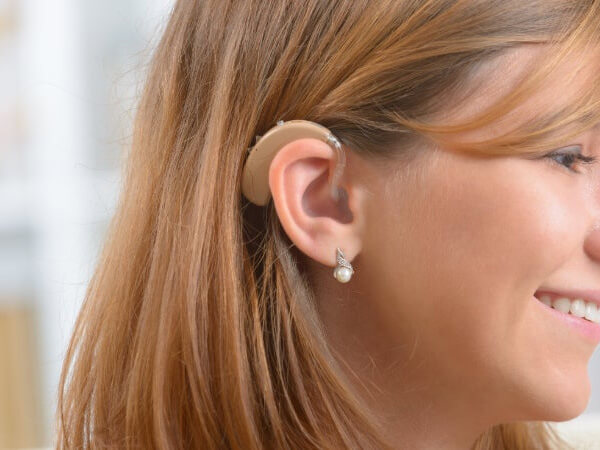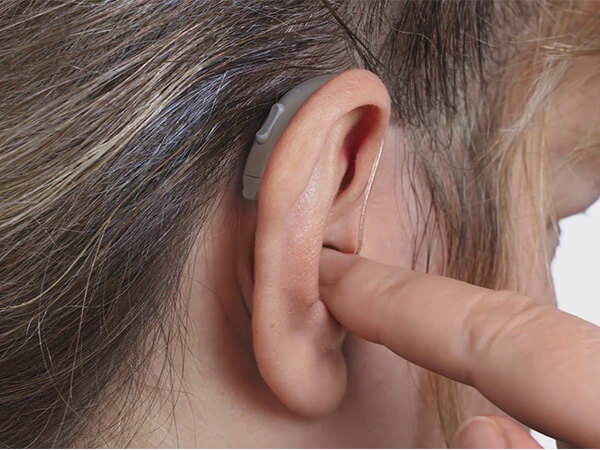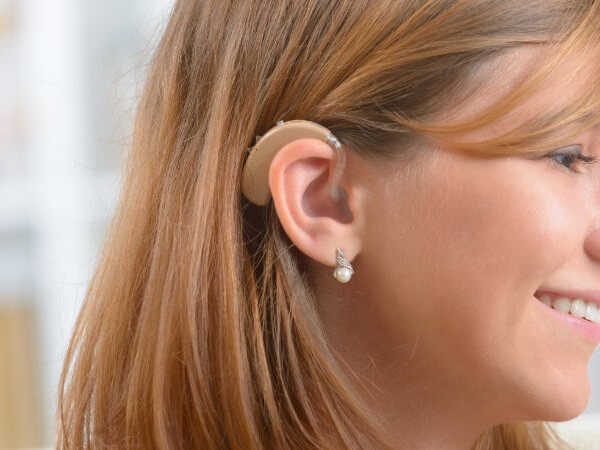Receiver In the Canal (RITE)
The receiver-in-the-ear (RITE) model is a newer development in hearing aids and is suitable for mild to severe hearing loss. Compared to a classic behind-the-ear (BTE) hearing aid, the receiver of the RITE (the loudspeaker) is placed in the ear-tip instead of in the housing, thereby reducing its size. The RITE model consists of three parts: The housing, which sits behind the ear, and a thin earwire connecting the housing to the receiver. The receiver is placed in the concha of the ear. The RITE model is a very discreet, and yet powerful hearing aid, which works fully automatically.
View more


